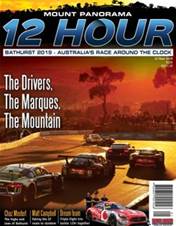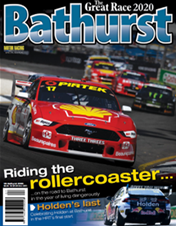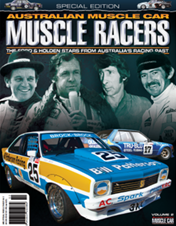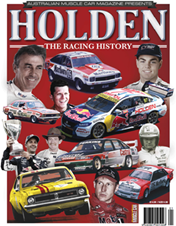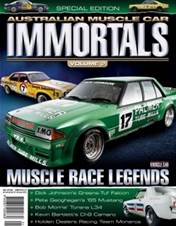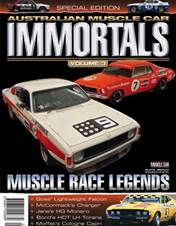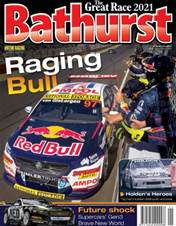Australian speedway has a long and colourful history, beginning on the night of Federation Day, 1901, when races for motorised tricycles were held on the concrete cycle track around the boundary of the Sydney Cricket Ground.
The spectacle of motorcycles racing under lights – gaslight in 1901 – was seen as a symbol of the bold new century. Similar events were held around Adelaide Oval and the MCG.
Since then this sport has taken place on a weird and wonderful assortment of tracks, from an indoor wooden velodrome in South Melbourne to a two-mile circle marked out on the red clay at Lake Perkolilli, near Kalgoorlie.
Then there was the short-lived Olympia Speedway built in the sandhills of Sydney’s Maroubra Beach - the Calder Thunderdome of the 1920s.
By 1964 the Sydney Sun newspaper reported that speedway was now the second most popular spectator sport after horse-racing, ahead of other summer activities like cricket, tennis and athletics in terms of attendance figures. Crowds of 25,000 were achieved for major speedway meetings. By 1969 the three major Sydney television networks (Nine, Seven and Ten) included speedway coverage as part of their sports schedule.
One reason for the boom was an elite group of capital city speedway tracks, mostly situated in the showground complex with five-star facilities. The best known of these was Speedway Royale at the old Sydney Showground in Moore Park. This track first staged motorcycle racing in 1926.
Equally impressive were the Exhibition Grounds – ‘The Ekka’ – in the heart of Brisbane and the Claremont Showgrounds in Perth.
The golden era ended when these historic tracks closed.
Other significant speedways were in the outer suburbs. But by the late seventies all of these were struggling to attract the massive crowds of the mid-sixties. Nearly all have now closed. In some cases it was simply a case of the cars out-growing the facilities, with speeds increasing faster than the tracks could safely handle.
A bigger problem was the changing tastes of the public. Spectators now had other things they wanted to see rather than cars go round in circles.

Sydney Showground
1926 - 1996
This famous Sydney Showground dirt track, sometimes described as the best speedway facility in the world, would attract over 25,000 spectators in the mid-sixties for championship meetings.
The appeal of Speedway Royale was a varied mix of motorcycles (solos and sidecars) and cars (speedcars and super modifieds) plus a pressure-cooker atmosphere that resulted in some horrific fatal crashes.
In this period the fastest cars started rear of field, leading to some desperate moves by the quick guys carving through. There were reports of spectators asking for their money back if there were no prangs that night.
Crowds were also healthy in the early production car era although the notoriously narrow one-third mile (509 metres) circuit, with its slick dolomite surface, wasn’t suited to the larger sedans.
One of the more memorable events held here was the 1972 Grand Final of the Craven Filter Sedan Championship. This was an attempt to unify the various production car categories from the different states. Competitors turned up from every mainland state, attracted by the first prize of $900, a small fortune in those days.
Twenty-seven cars qualified for the 50-lap feature race, including two Monaros, three V8 Falcons, five Toranas, one Mustang (a Trans-Am entered by Jack Brabham Ford) and the massive NASCAR-style Pontiac driven by Bill Warner. Powered by a 427 Chev, this was the largest and probably most powerful sedan to race in the production car category.
Peter Crick took the cash in his Torana XU-1 after a dramatic race which saw a monumental flip by Rick Hunter’s yellow Falcon GT… “what my acrobatic friends reliably inform me was a double somersault (with twist) in mid-air,” reported Peter McKay in his Speedway Racing News report.
This one-off series was a success but by now the majority of the top sedan drivers preferred to race out west at Liverpool Speedway.

Despite the magic atmosphere of the Speedway Royale complex, complete with the enticing smell of manure wafting over from the horse stables, a series of promoters failed to make a profit here.
In 1996 a farewell meeting was held. The final race for speedcars was appropriately won by veteran Garry Rush, the only driver competing who had raced here in the golden era.
This meeting saw the surreal sight of spectators walking out onto the track at the end of the night to scoop up handfuls of dirt to keep as souvenirs. What was once regarded as one of the best speedways in the world is now unrecognisable as part of the Fox Studios complex. A monument has been erected near the old grandstand.

You have reached an article available exclusively to Premium members.
JOIN FROM AS LITTLE AS $6.66 A MONTH* FOR INSTANT ACCESS.
Already a member? Log in
* Billed annually at $79.90






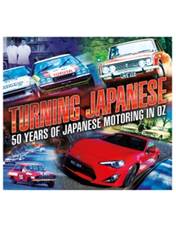
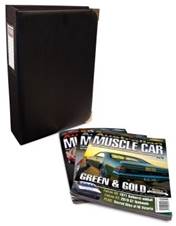


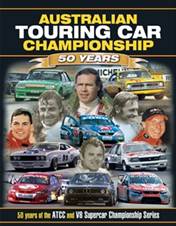

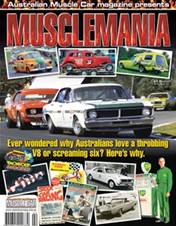
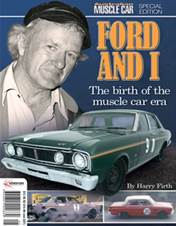
.jpg&q=70&h=226&w=176&c=1&s=1)
